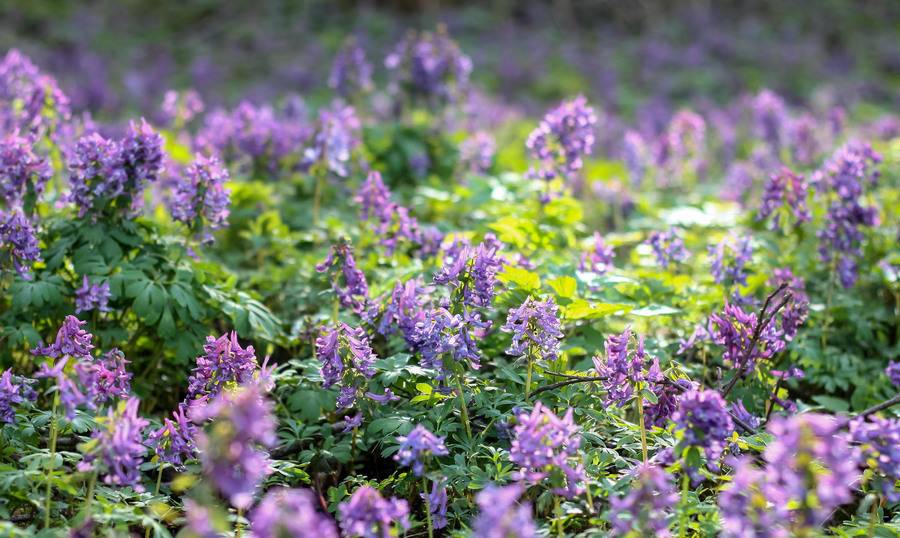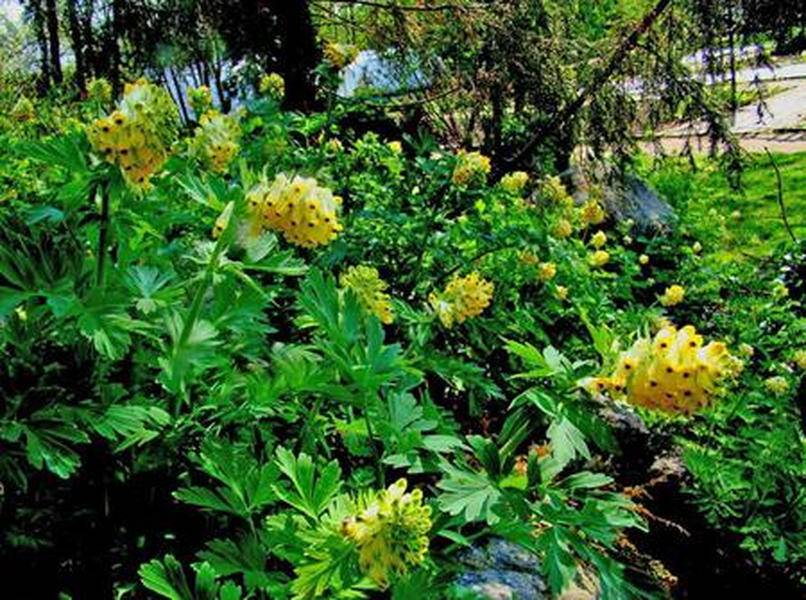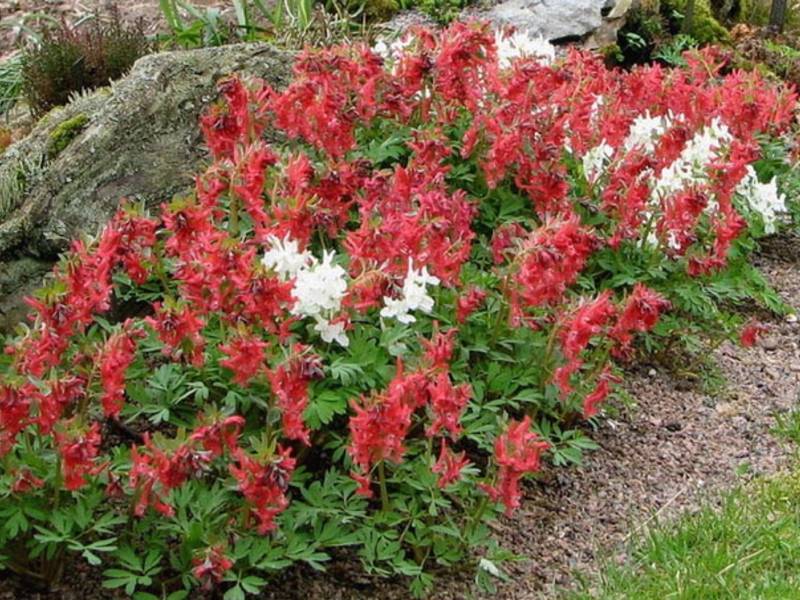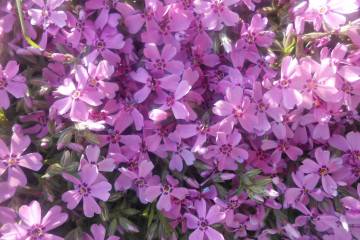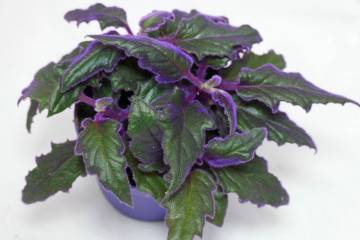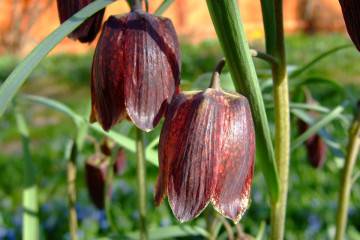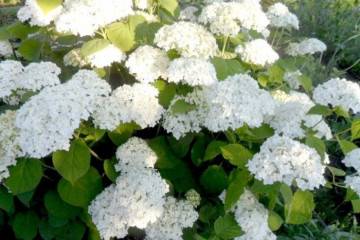Corydalis flower
Content:
Corydalis is a herbaceous perennial, primrose. A gift of nature that people and bees are happy with after a long winter. This is a flower with a coquettish tuft and delicate leaves. It fades by May, giving way to other plants. But until that time it was almost the only decoration of the garden.
Corydalis flower: description, types
Corydalis is a genus of large herbaceous crops of the Poppy family. Grows in the Northern Hemisphere.
The tuberous variety germinates in early spring. Blooms for 3 weeks, and then forms fruit. After that, the terrestrial part of the plant, the crested grass, dies off. By this time, so many nutrients have been accumulated in the tubers of the flower that the next year it easily resumes vegetation.
The stem of the plant is dense, elastic, 20-30 cm in height. Dissected leaves are located on it. At the top of the stem is a flower in the form of a brush. It has four-petal flowers.
The rhizome variety appears in May, blooms for a long time. The leaves are openwork. Flowers come in a variety of colors and shades.
Popular varieties of corydalis
The flower grows near reservoirs, on rocky hills.
Description of the common types of corydalis flower:
- Corydalis Dense. Small tubers, stem up to 20 cm, lower leaves are cut in two. The buds are pink-purple, bloom by May.
- Chinese Corydalis. The bush is 65 cm high, the leaves are bright green. The flowers are purple.
- Corydalis yellow. Blooms in April, yellow buds. The leaf is gray near the ground, above it is green.
- Corydalis is hollow. Primula up to 40 cm high, leaves are triangular, feathery at the edges. The inflorescences are purple.
- Haller's crested. Small root vegetable, low bush (19 cm), blooms profusely in May with purple and pink tufts. The leaf plate is three-syllable, with a bluish tint.
- Corydalis blue. Beautiful bright blue color of buds, feathery leaf plate. Early flowering species.
- Corydalis noble. The grass stretches 55-60 cm, light yellow buds with red spots. Dissolves by the summer.
- Marshall's crested. Feature - red-green stem up to 27 cm high. The leaf is three-syllable, the inflorescences are yellowish.
- Corydalis hybrid (Canary Feathers). Blue-green leafy plates, vertically growing canary-colored inflorescences. Loves cool weather.
- Corydalis is forest. Divided into rhizome and tuberous. Inhabits forests, tundra and highlands. Lacy leaves of a green-bluish hue. The flowers have inflorescences (a small leaf at the base of the corolla).
- Corydalis rhizome. Blooms all season, prefers dry areas under trees.
- Corydalis fume-shaped. One-year-old, height 15-30 cm, pivotal roots. The leaves are cut into three parts. Inflorescences are yellow racemes.
Corydalis: planting and care in the open field
Flowers do not require any special skills to grow.
How to plant
Select the seed and place. Seeds lose their germination within 5 days. Therefore, they are sown immediately after harvest:
- the seed pods are harvested when they are still green;
- peat and sand are poured into the container;
- small black seeds are evenly distributed over the surface, sprinkled with sand;
- after moistening from a spray bottle, cover with a film.
Seedlings and first leaves appear only in spring.
By the time of planting, the seedlings will get stronger. The landing is done when the threat of night frosts has passed, and the earth warms up to + 15 ° С.
If the crop is planted with tubers, then they do it from July to autumn. At this moment, she is at rest.
When the ground part is dry, the place is carefully dug up. The tubers are removed, transferred to a new place.
They are deepened depending on the size of the planting material. For large tubers, dig a hole up to 15 cm deep, for small ones, 7-10 cm is enough. There they will stay dormant until next year.
Landing site, soil
The flower grows anywhere: near water bodies, on rocky hills. In the flowerbed, it coexists among perennials: host, lilies, early bulbous. When they just bloom, the growing season of the tuberous variety ends.
Lighted areas and partial shade are suitable for planting. The main condition is good drainage. Water should not linger - the roots quickly rot.
A ventilated glade without constant drafts is the optimal place for planting a corydalis.
The soil is chosen fertile neutral. Loose clay or sandy loam soil is suitable. Compost or humus is added to sandy soil before planting.
The culture takes root well under fruit trees. In this case, the leaves are not removed from the site for the winter. This is an additional cover in case of severe frosts, and food when the leaf is overheated.
In the spring, the flower is one of the first to break through to the surface. Therefore, the garden from last year's foliage is raked out so as not to damage the seedlings.
Summer and winter care
In the wild, there are about 300 species of Corydalis. Plants are conventionally subdivided into forest and mountain species. The latter prefer stony, sandy soils. They are provided with a dry dormant period in the summer. To do this, they are protected from rain (a canopy is installed over the planting), they are not watered.
Another option: the tubers are dug up, stored in dry sand until autumn. In autumn, before frost, they are planted back to the same place. The site is covered with dry leaves, sawdust.
Tubers, placed in the ground since autumn, lie deep enough, they are not afraid of soil freezing. They are only threatened by decay from moisture stagnation, sometimes rodents attack.
Watering and fertilizing
In the spring, at the time of stormy vegetation, there is enough moisture in the soils from melting snow and rains.
In summer, forest species are moistened. Mountaineers do not need watering. They tolerate drought more easily than excess moisture.
Both species are fed with organic fertilizers.
Transplant and reproduction
The plant is not demanding for planting and care in the open field.
Work is best done during a dormant period. But even during flowering, the plant does not suffer. Transplanted together with an earthen clod.
Propagated in the following ways:
- dividing the rhizome;
- tubers;
- seeds.
The flower multiplies without problems in a natural way - by self-sowing. Seeds that have fallen into the ground sprout. The plant blooms only for 2-4 years.
The rhizome is divided during transplantation. This is done in the spring or in the second half of summer. Make sure that part of the root and the bud of growth remain on the cut. Planted to a depth of 15 cm, the distance between the bushes is 10 cm.
These flowers rarely get sick, only fungal diseases due to excessive moisture. Fight against such scourges with fungicides.
Not everyone knows what a crested bird looks like. Meanwhile, this flower deserves a worthy place in the garden. Corydalis is a modest, not capricious culture. It develops well without much care and attention. Propagated by tubers after flowering. Transplanted at any time of the growing season. It is possible to grow seedlings, but this is not an effective method. It's easier to let the seeds fall into the ground and germinate, and then transplant the plant.
